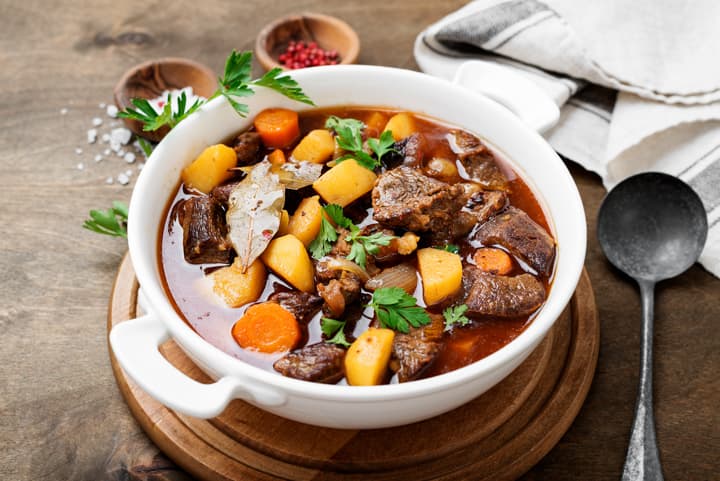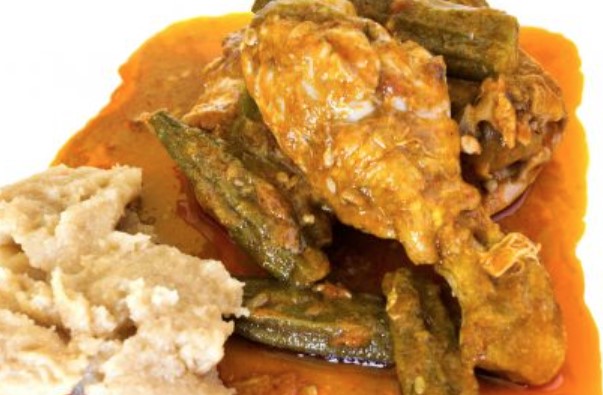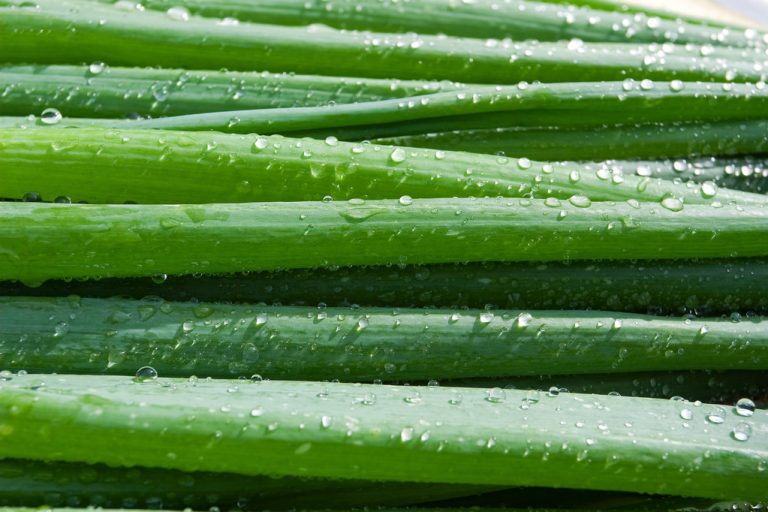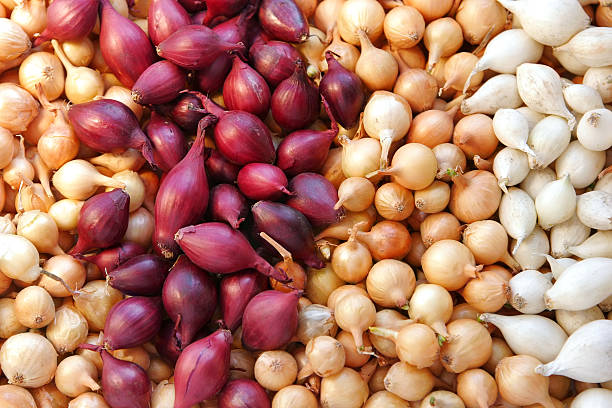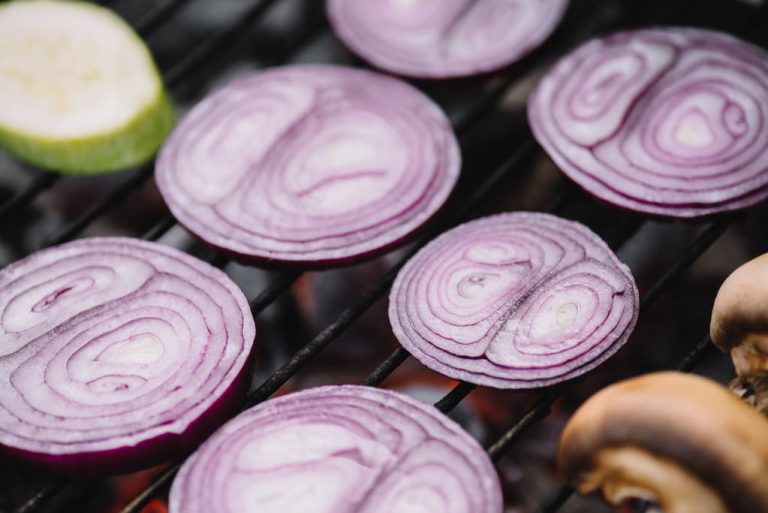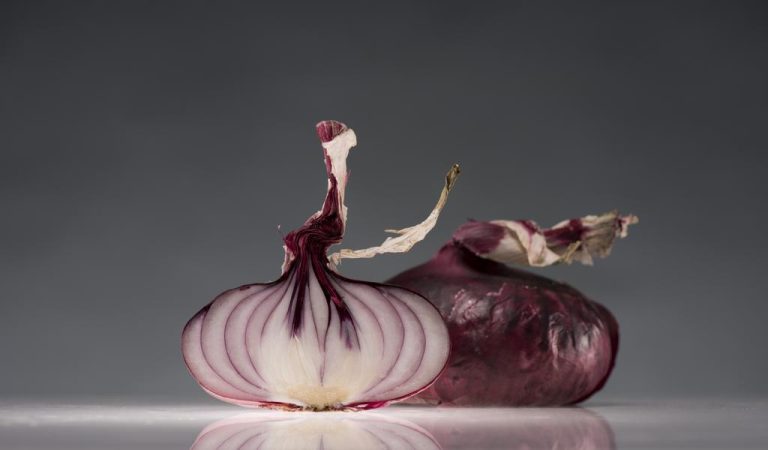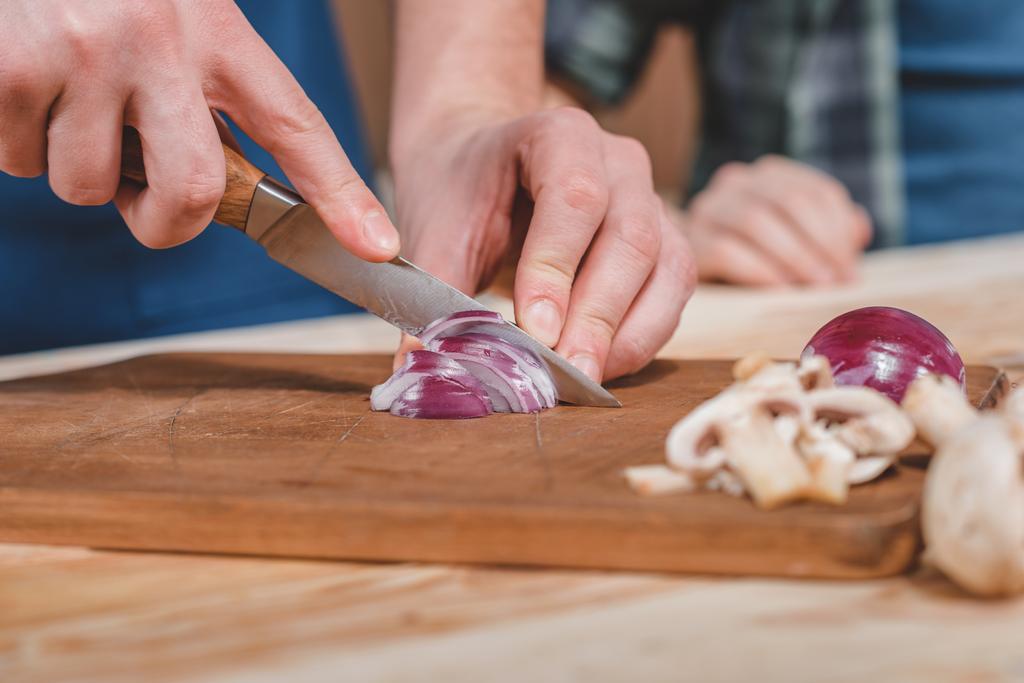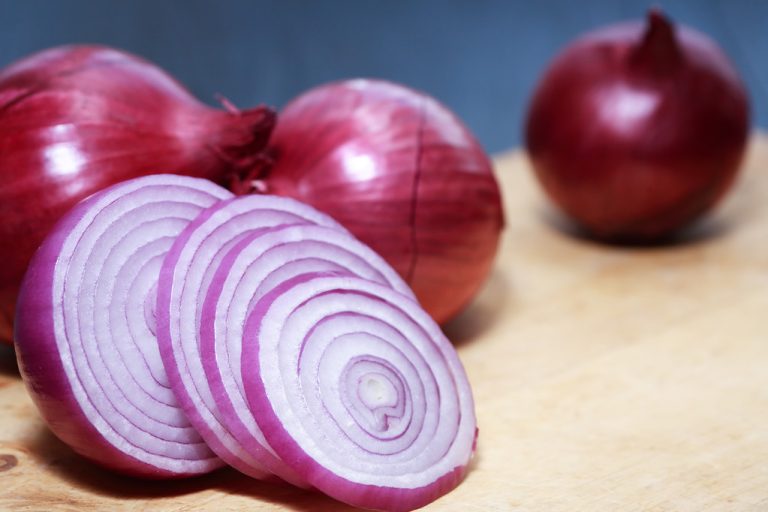Are sprouting onions and garlic bulbs safe to eat, or do they become toxic like potatoes? We have the answer.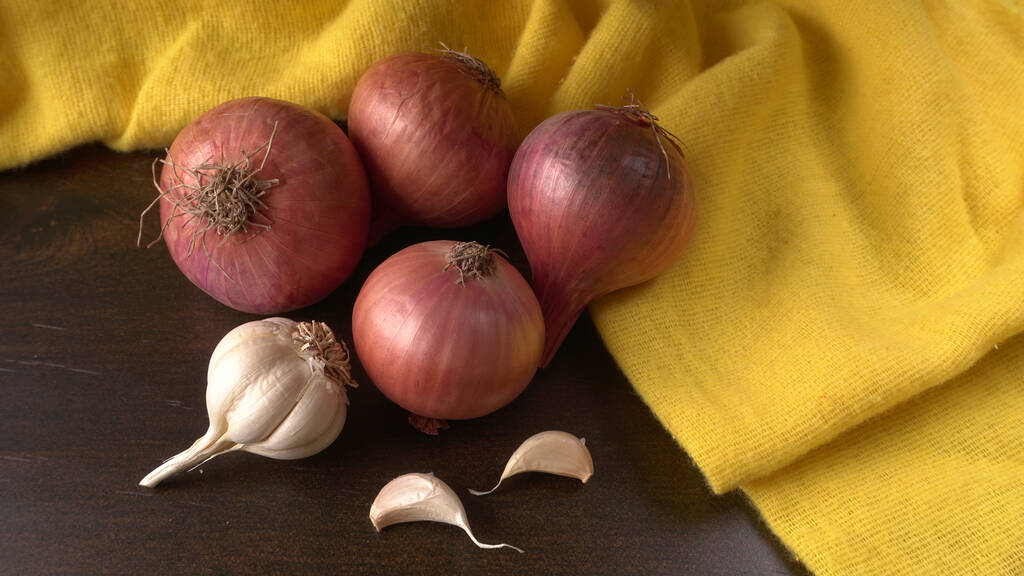
Germs Despite Proper Storage: But Are They Toxic?
Despite correct storage, it is unavoidable that onions will start to germinate over time. For a long time it was disputed whether one should still eat sprouting onions. In the meantime, there are no longer two opinions on this – onions do not develop any toxic substances and can be eaten without hesitation, according to the Federal Center for Nutrition
It also doesn’t matter under what circumstances and after how long the sprouts sprout from the vegetables: It doesn’t matter whether the onion or garlic was stored in the dark, in the refrigerator or in the cellar for several months during the winter, the sprouts are always harmless .
Nevertheless, one should make sure that the vegetables are consumed as soon as they have budded. As a result, the tuber loses its firmness and becomes softer. That doesn’t mean an onion will go moldy. The softening only shows that the onion is gradually losing its fleshy nutrient reservoir as it sprout. They also become drier because the germs use their water reserves.
Onions and garlic with sprouts become soft and dry: the result is a reduced nutrient content
Onions and garlic are also dried out and still edible when soft, but in this state they are significantly poorer in valuable ingredients. Garlic, in particular, is a wonderful home remedy when fresh to naturally lower blood pressure, and eating both types of vegetables can also prevent heart attacks and strokes.
Cooking tip: The green of the onion and garlic can also be integrated into many recipes, similar to spring onions or wild garlic: to refine soups, herbal quark or salads. Therefore, it is even a good idea not to eat one or more onions or garlic bulbs immediately and let them germinate. You can always harvest fresh shoots and save yourself a trip to the supermarket to get spring onions.
If an onion goes moldy, you can tell immediately. An onion then develops clear signs of mold and feels mushy and soft. There is also a noticeable smell. These onions should definitely be thrown away – the same applies to garlic.
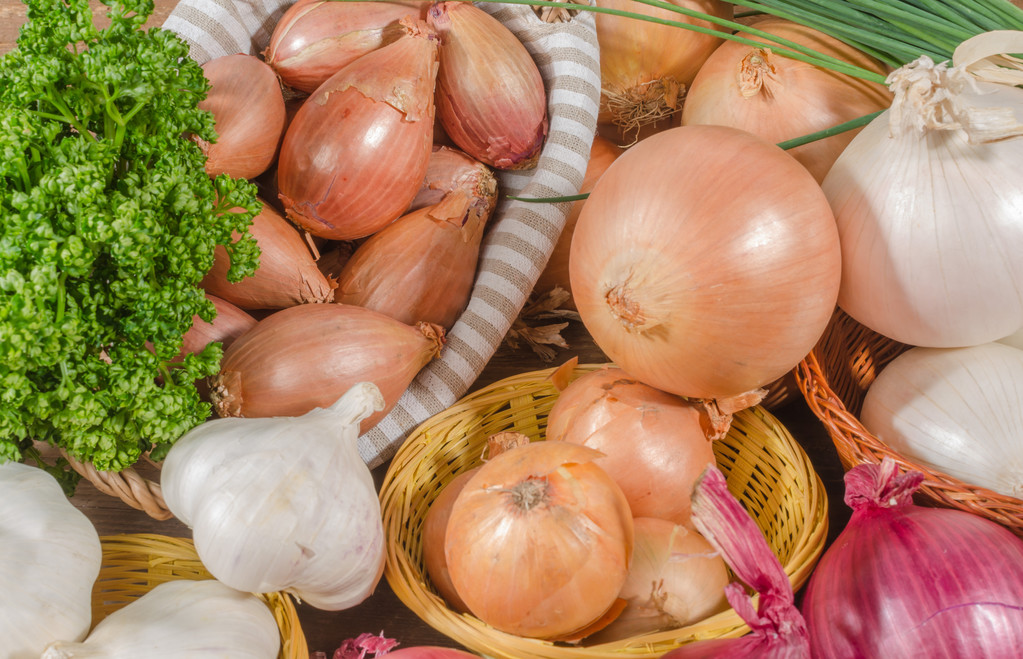
Eating them quickly is advised: This is how the vegetables taste best
Basically, the bulb of onion or garlic should be consumed as soon as possible. Before the vegetables are used, they should definitely be smelled. You should only overcook vegetables that smell fresh and pungent as usual. For older germinating onions or garlic bulbs with little substance, it is better to use only the green onion shoots. Dishes that use a lot of onions are potato goulash, French onion soup, roasted onions or onion tart.
If you still don’t like the germinating onion for consumption, you might have a place for it on the balcony or in the garden. The sprouted onion can also be planted. However, it takes a while for new onions to sprout from a kitchen onion. The germinated bulb will grow first and produce a beautiful flower. These are an absolute eye-catcher in the bed or on the balcony. When the flower then forms seeds, new bulbs can be grown from them later.
Conclusion: Even germinating onions and garlic bulbs can be consumed without hesitation and are not poisonous under any circumstances. Although the germ dries out the vegetables, which can cause them to become soft and lose nutrients, there is no risk to health. A sprouting onion or potato tuber can even be helpful when cooking, because you can refine many dishes with the sprouts.
Potatoes are different from onions. The poisonous substance solanine collects in their shoots. This leads to intestinal problems. Potatoes with large sprouts are therefore best discarded.


